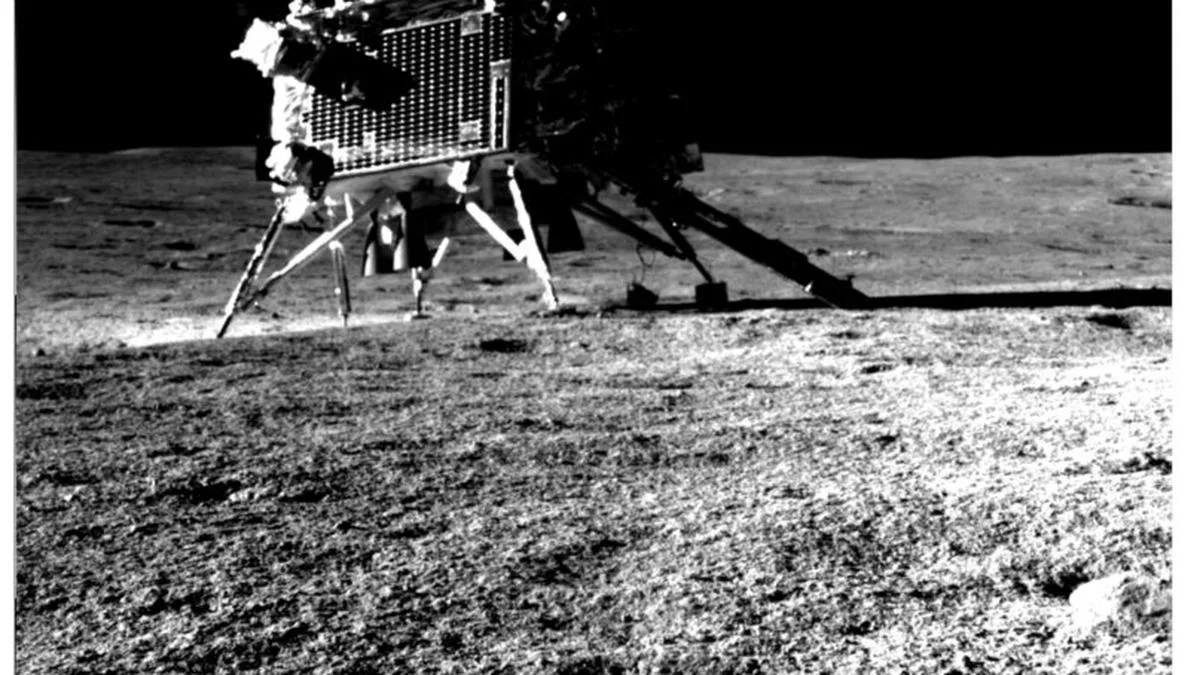
Chandrayaan-3 Mission: Smile, please! Pragyan Rover clicked an image of Vikram Lander this morning. The image was taken by the Navigation Camera onboard the Rover (NavCam). NavCams for the Chandrayaan-3 Mission are developed by the Laboratory for Electro-Optics Systems (LEOS),” ISRO posted on X (formerly Twitter).
Chandrayaan-3 consists of a lander module and propulsion module. The lander module consists of Vikram and Pragyan.
‘Welcome, buddy!’: Chandrayaan-3’s Lander Module establishes contact with Chandrayaan-2’s orbiter
Chandrayaan-3 consists of a lander module and propulsion module. The lander module consists of Vikram and Pragyan.
Post the soft landing on the lunar surface, the Pragyan rover rolled out from the Vikram lander and since then has been traversing on the Moon. Apart from taking pictures it has also been carrying out in-situ scientific experiments.
The image of the lander also shows the deployment of the Chandra’s Surface Thermophysical Experiment (ChaSTE) and Instrument for Lunar Seismic Activity (ILSA). These two are among the four payloads onboard the lander.
The ChaSTE payload measures the temperature profile of the lunar topsoil around the pole while the ILSA’s objective is to measure the seismicity around the landing site.
On August 29, Pragyan confirmed the presence of Sulphur (S) in the region as the Laser-Induced Breakdown Spectroscopy (LIBS) instrument onboard the rover made the first-ever in-situ measurements on the elemental composition of the lunar surface near the south pole.
“These in-situ measurements confirm the presence of Sulphur (S) in the region unambiguously, something that was not feasible by the instruments onboard the orbiters,” ISRO said.


